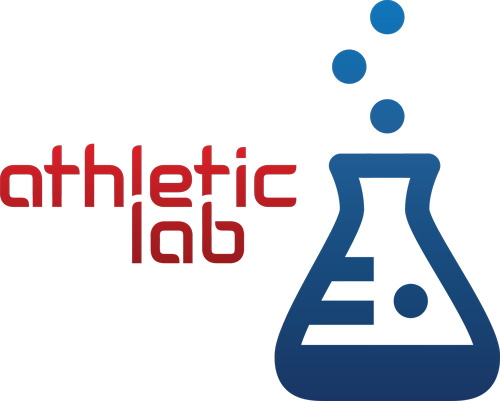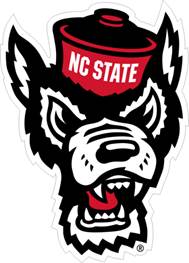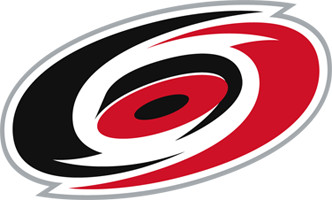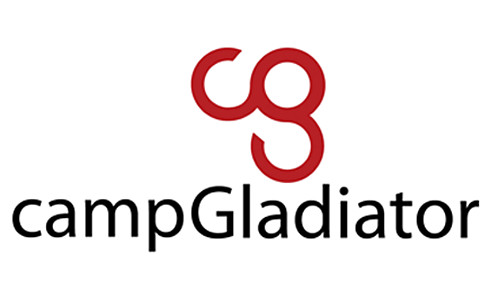In-Season Training
By Will Parker, CSCS, USAW, FMS
With the onset of Covid-19 and its corresponding impact on the condensed and overlapping youth athletics schedule this Spring, I thought it appropriate to address an important topic of in-season training. Since becoming a professional Strength & Conditioning Coach in 2006, I have trained thousands of athletes from various professional leagues, colleges, high schools and middle schools. One area that I have consistently seen lacking across the board is quality in-season training programs. Most do not know what the goal is nor thus what to do. As a result, fear of injury leads them to do little to nothing, which greatly diminishes their athletic output, especially as they fatigue mid to late season. In this post, we will dive into some of the big picture basics to help equip you to better handle in-season training for yourself or your athletes.
The Goal & Overview
In short, the goal of in-season training is to maintain what you have worked hard to build in your off-season training program. To better understand this, let’s take a step back for a moment and use world class professional or Olympic athletes as the model for which optimal training protocols are implemented. These devoted, elite athletes use a training concept called a “macrocycle” (usually a 12-14 month cycle based on season length/playoffs) to help skillfully manipulate their bodies to peak during their targeted respective modes of competition. Within a macrocycle, everything is centered around the absolute priority of maximizing in-season performance.
When one athletic season ends, the next macrocycle begins. Immediately following one’s season, it is very important, and often overlooked, to have a 2+ week recovery-based microcycle to help the athlete unwind and relax mentally getting away from structured activity. Subsequently, the building phase that is off-season training begins, which is where the athlete works hard to develop a new ceiling to their physical and mental capacity. After all, Michael Jordan said “The ceiling is the roof.” 😉
An athlete’s off-season focus can be on developing a combination of speed, quickness, power/explosion, maximal strength, muscle mass/hypertrophy, strength endurance, and energy system development/conditioning, etc. Basically, you are working towards taking your current 100% capabilities and transforming them into 110+% in order to positively impact your performance for the next season. Your off-season training program should be comprised of various microcycles leading you to peaking heading directly into your in-season competition. Now that we understand the broad overview of a macrocycle and the goal of in-season training, let’s look at the application.
In-Season Application
First, remember the goal is to maintain what you have worked hard to build in your off-season training program. In order for you to maintain the speed, quickness, power, etc previously developed, you must stimulate the central nervous system (CNS) and corresponding hormones needed to prevent these physical adaptations from deteriorating. The challenge here is in monitoring and limiting the athletes’ fatigue as we do not want to “tear down” their bodies during training, especially with the increased demand placed on them through practice and games. When monitoring one’s fatigue in-season, it is important to understand that their CNS will fatigue before their muscular system. With that said, you do not want to overly task their CNS and definitely not their muscle/tendon. You can assess CNS fatigue with a short-timed finger tap test for the upper body and a rapid response quick feet drill for the lower body. Make sure to start with a baseline established when the athlete is fresh and feeling great to use as a comparison for future tests.
In general, when it comes to weight lifting you want to focus more on speed strength, power, max strength and/or general strength (hypertrophy in-season is not recommended because by definition it is focusing on substantially fatiguing the CNS, muscle and tendon in order to develop either greater intramuscular fluid or fiber count). When lifting, a good starting point is doing half the normal volume (sets, reps, time under tension/tempo, etc) of training from their corresponding off-season training, while checking the athletes’ response and adjusting appropriately.
Conclusion
We want to help our athletes to prevent performance drop off during their season as much as possible. They work so hard to improve in their respective sports and set themselves apart from their competition, and it is a shame to see some not be able to maintain the high standard they set for themselves. By taking a macrocycle approach, planning out the year, understanding the goal of each phase/microcycle and maintaining the gains they accomplished by strategically implementing an in-season training program, we can help our athletes perform at the highest level possible and unleash their potential.
About the Author: Will Parker CSCS, USAW, FMS
Will graduated from East Carolina University in 2006 with a Bachelor of Science degree in Exercise & Sports Science. He became a Certified Strength & Conditioning Specialist (CSCS) through the National Strength & Conditioning Association (NSCA) in 2007. From 2006-2008, Will was an Assistant Strength & Conditioning Coach at NC State University working with Football, Basketball, Baseball, Soccer, Track & Field along with several other teams. In 2012, he earned a United States of America Weightlifting (USAW) Level 1 certification.
Will has worked as a Performance Specialist for Raleigh Orthopaedic since 2006. He has worked with athletes from the NFL, NBA, MLB, NHL, and MLS along with many from Division 1, 2 & 3 Universities. Will specializes in performance evaluation, speed training (acceleration, absolute speed, lateral movement, multi-directional & deceleration), functional strength training (foundation, endurance, hypertrophy, max strength, power, and body composition), injury risk assessment, soft tissue treatment, increasing soft tissue elasticity and goal management.
Will enjoys interacting with his clients, helping them achieve their speed, strength and/or weight loss goals and subsequently set higher goals to work toward. Email Will to schedule a consultation for personal training or performance training wparker@raleighortho.com









